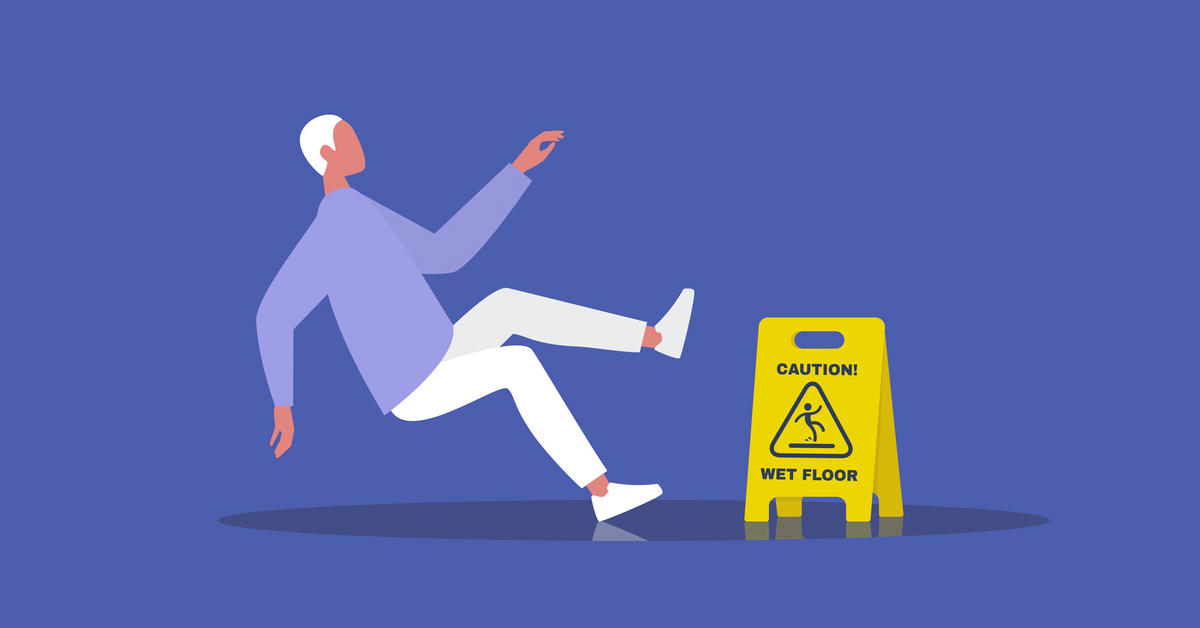Injuries from common falling incidents amount to roughly 9 million emergency room visits every year. the Center for Disease Control and Prevention (CDC) states that falls are the leading cause of both fatal and non-fatal injuries in older adults. So what are the most common falling injuries, and how do they occur?.
How Serious are Common Falls?
A fall can occur at any time and happen to anyone, but not all falls result in injury. Many falls cause only minor bruising or scrapes. There are, however, times when an insignificant fall can cause no pain at the time but result in discomfort, limited range of motion, and even pain later. This could mean that it is time to see an orthopedist.
Regardless of its severity, the fall itself is not considered an injury but rather the cause of the injury. The following are the most common injuries resulting from a fall.
Soft Tissue Injuries
Without proper examination, soft tissue injuries can go unnoticed for quite some time. This is because they most often occur internally and may not be visible to the eye. Soft tissue injuries can range from minor ankle injuries and wrist sprains to more serious conditions like tendons and ligaments tears.
Untreated soft tissue injuries can cause chronic pain and make you vulnerable to future sprains. It is important to get a proper examination after a fall because soft tissue injuries might not be immediately apparent after a fall.
Head Injuries, TBI, and Concussions
If you hit your head during a fall, you may experience swelling, bleeding, and in cases of concussions, a brief loss of consciousness. Head injuries are considered a serious occurrence, and even minor head trauma can become a medical emergency. Untreated head injuries can result in serious, long term complications and even death.
Minor concussions will usually clear up on their own, but it is important to get a medical opinion on the severity of the trauma right away. Traumatic Brain Injuries (or TBI) can permanently alter one’s ability to function and usually require additional tests to diagnose. it may not be possible to determine the severity of a head injury based on symptoms alone. So allowing a medical professional to run the necessary tests is essential.
Cuts and Abrasions
Seemingly the least concerning fall injuries, cuts and abrasions can still cause a lot of pain and look severe. Leg and arm abrasions are common post-fall complaints, as are cuts and abrasions of the head and hips. Smaller cuts can be treated with topical ointments, but deeper wounds could require stitches. Whether you are treating your injuries yourself or plan on seeing a doctor, it is important to properly clean and dress skin breakage to avoid infection.
Broken Bones and Fractures
Broken bones are one of the most common results of falls. Minor fractures may not require a lengthy recovery process. However, severe breaks may require surgery and post-operative care. when a bone is broken or fractured, the surrounding tissues may also be affected. This could cause bleeding, swelling, pain, and require immediate medical attention. A physician will be able to determine the seriousness of your injury and recommend a proper treatment that will help avoid long-term complications.
If you are experiencing any pain, swelling, or discomfort after a recent fall – UAB Medical West can help. Give us a call today.
UAB Medical West is Here to Catch You
Falls and fall-related injuries could be scary, but you can feel at ease knowing that our team of medical professionals is here to address your needs. If you are interested in post-injury care or have concerns about a recent fall, don’t hesitate to contact us today.
